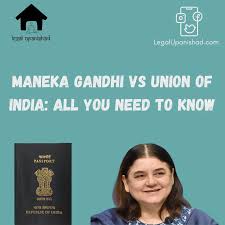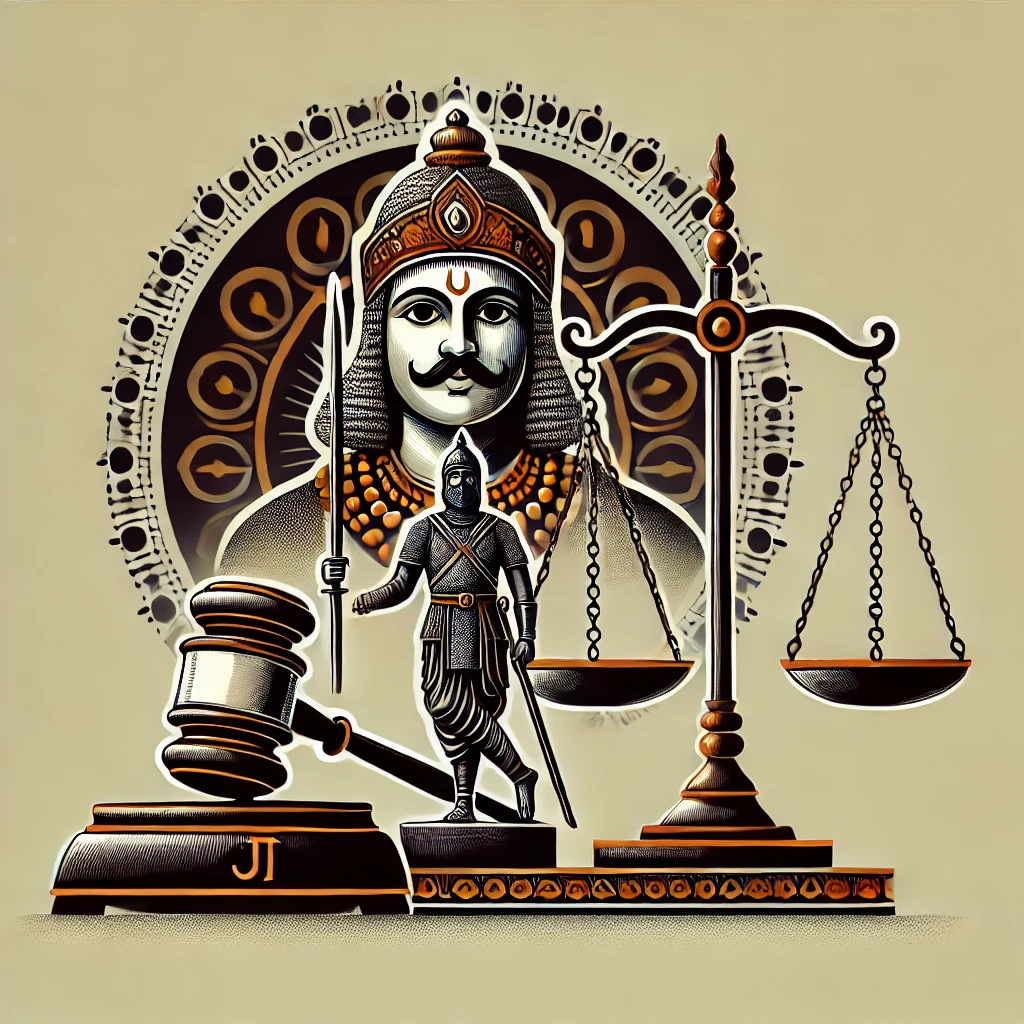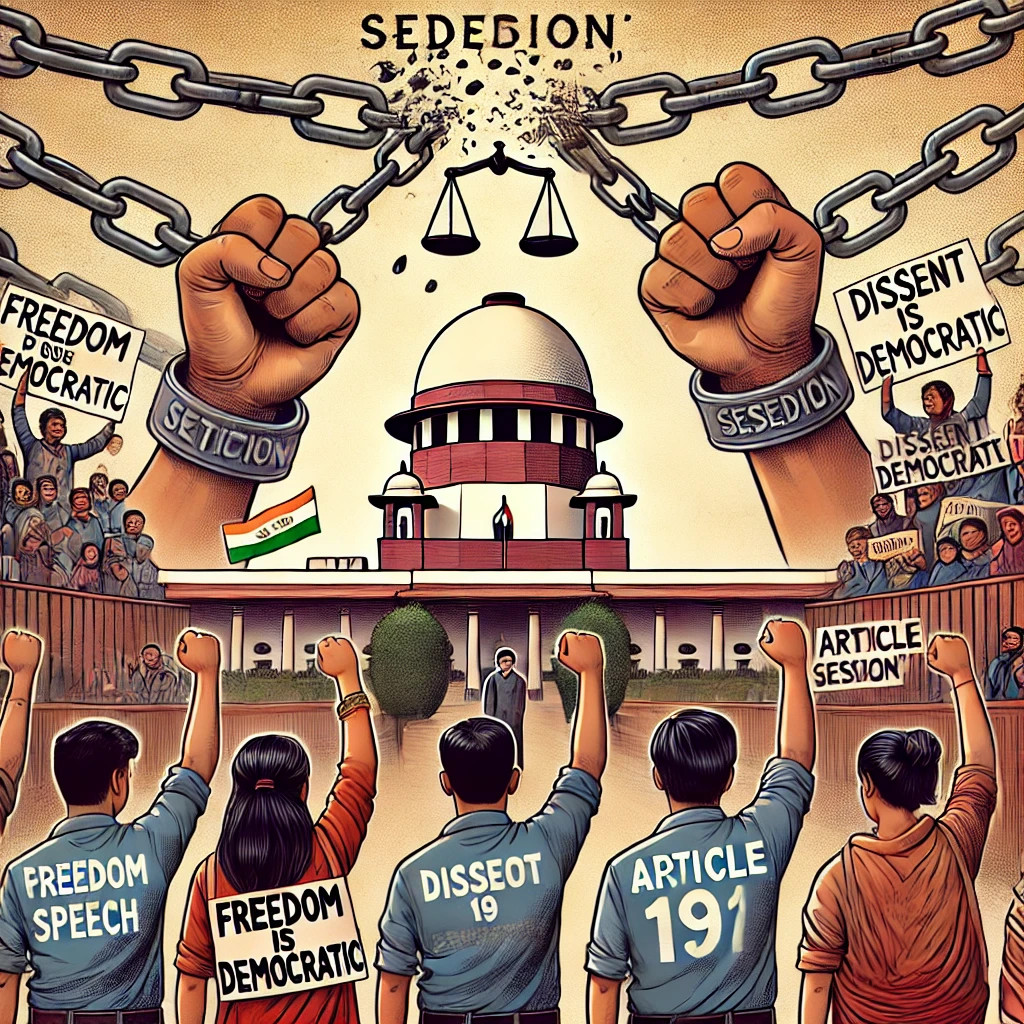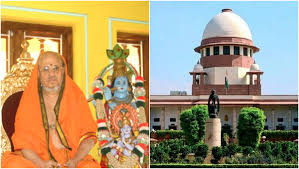Thatireddigari Maheswara Reddy vs. State of Andhra Pradesh [July 08, 2024]
Citation: 2024 INSC 495; Criminal Appeal No. 2132 of 2011
Background and Facts
This Supreme Court case arose from a brutal murder in Andhra Pradesh, where the appellant, Thatireddigari Maheswara Reddy (Accused No. 2), along with ten others, was charged under Sections 120B (criminal conspiracy), 148 (rioting, armed with deadly weapon), and 302 (murder) of the Indian Penal Code. The prosecution alleged that the accused, armed with hunting sickles, attacked and hacked the deceased to death. The trial court acquitted all accused of the conspiracy charge (Section 120B), but convicted several, including the appellant, under Sections 148 and 302. The conviction and sentence were upheld by the High Court of Andhra Pradesh.
Key Issues
Whether the conviction could be sustained primarily on the basis of eyewitness testimony from close relatives of the deceased.
Whether there were material contradictions or omissions in the prosecution evidence.
Whether the medical and forensic evidence corroborated the prosecution case.
Arguments
Appellant:
Challenged the reliability of the eyewitnesses, emphasizing that PW1 and PW3 were close relatives of the deceased and therefore interested witnesses.
Argued that there were inconsistencies and contradictions in their testimonies, undermining the prosecution’s case.
Respondent (State):
Asserted that the eyewitness testimonies were consistent, credible, and corroborated by medical evidence.
Emphasized that the mere fact that witnesses are relatives does not by itself render their evidence unreliable, provided it is otherwise trustworthy.
Supreme Court’s Analysis and Findings
The Court reiterated the settled principle that the testimony of an eyewitness who is a close relative of the deceased cannot be discarded solely on the ground of relationship. If such evidence is cogent, reliable, and credible, it can be safely relied upon.
After meticulous examination of the record, the Court found that PW1 and PW3 consistently described the roles of the accused in the crime. Their cross-examinations did not reveal any material contradictions or omissions that would cast doubt on their credibility.
The medical officer’s evidence confirmed that the injuries on the deceased could have been caused by hunting sickles, matching the weapons seized from the accused.
The Court found no merit in the appellant’s arguments regarding inconsistencies or fabrication.
The judgments of both the trial court and the High Court were found to be well-reasoned and based on a thorough appreciation of the evidence.
Conclusion and Significance
The Supreme Court dismissed the appeal, affirming the conviction and sentence of the appellant under Sections 148 and 302 IPC.
The judgment reinforces that credible and consistent eyewitness testimony—even from close relatives—can form the basis of a conviction if corroborated by medical and forensic evidence.
The Court’s decision upholds the principle that justice should not be derailed by mere technicalities or assumptions of bias, provided the overall evidence is trustworthy and reliable.
This ruling is significant for criminal jurisprudence, particularly regarding the evidentiary value of testimonies from relatives of the victim, and underscores the importance of a holistic evaluation of all evidence presented in a murder trial.






























0 comments